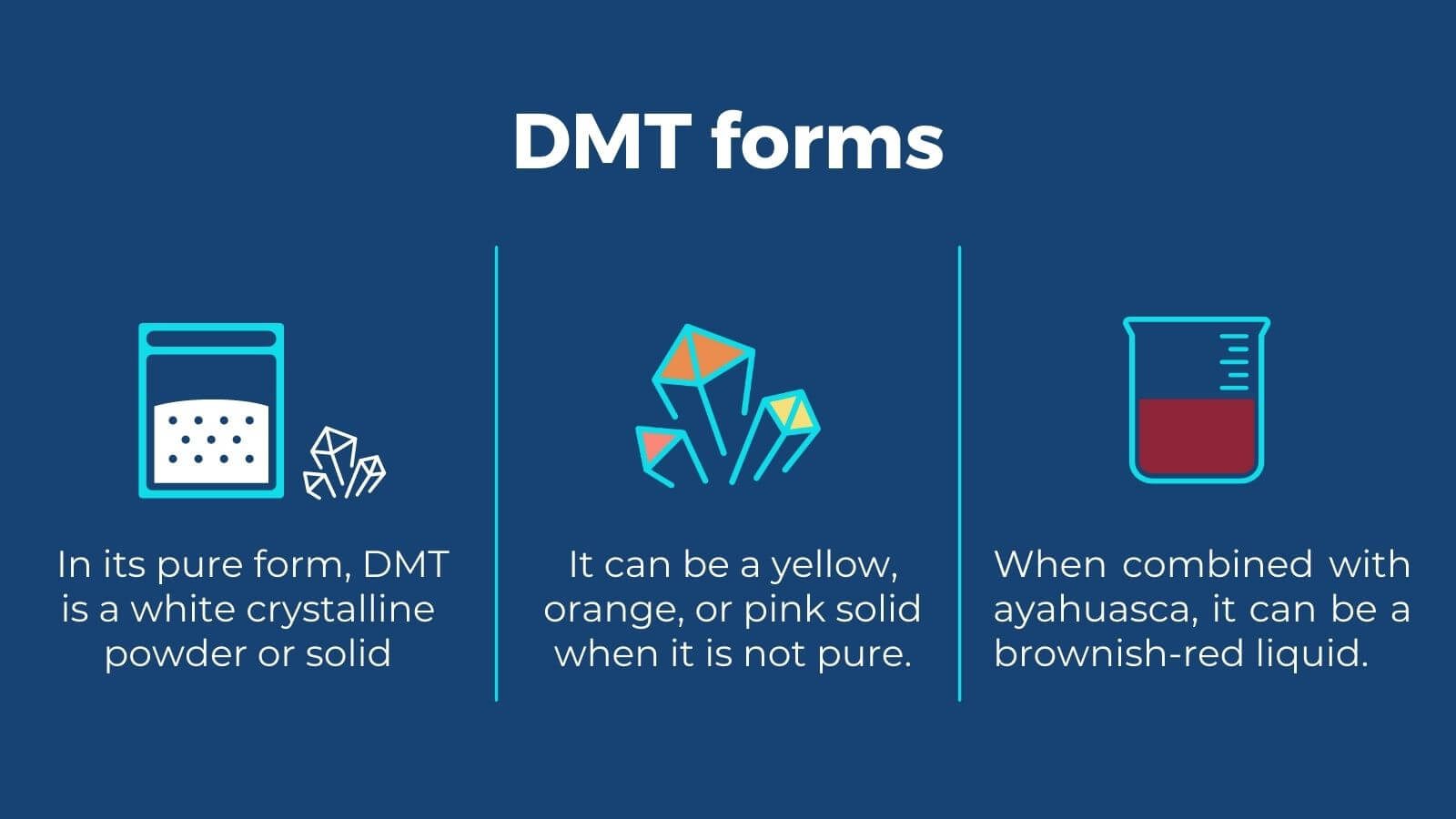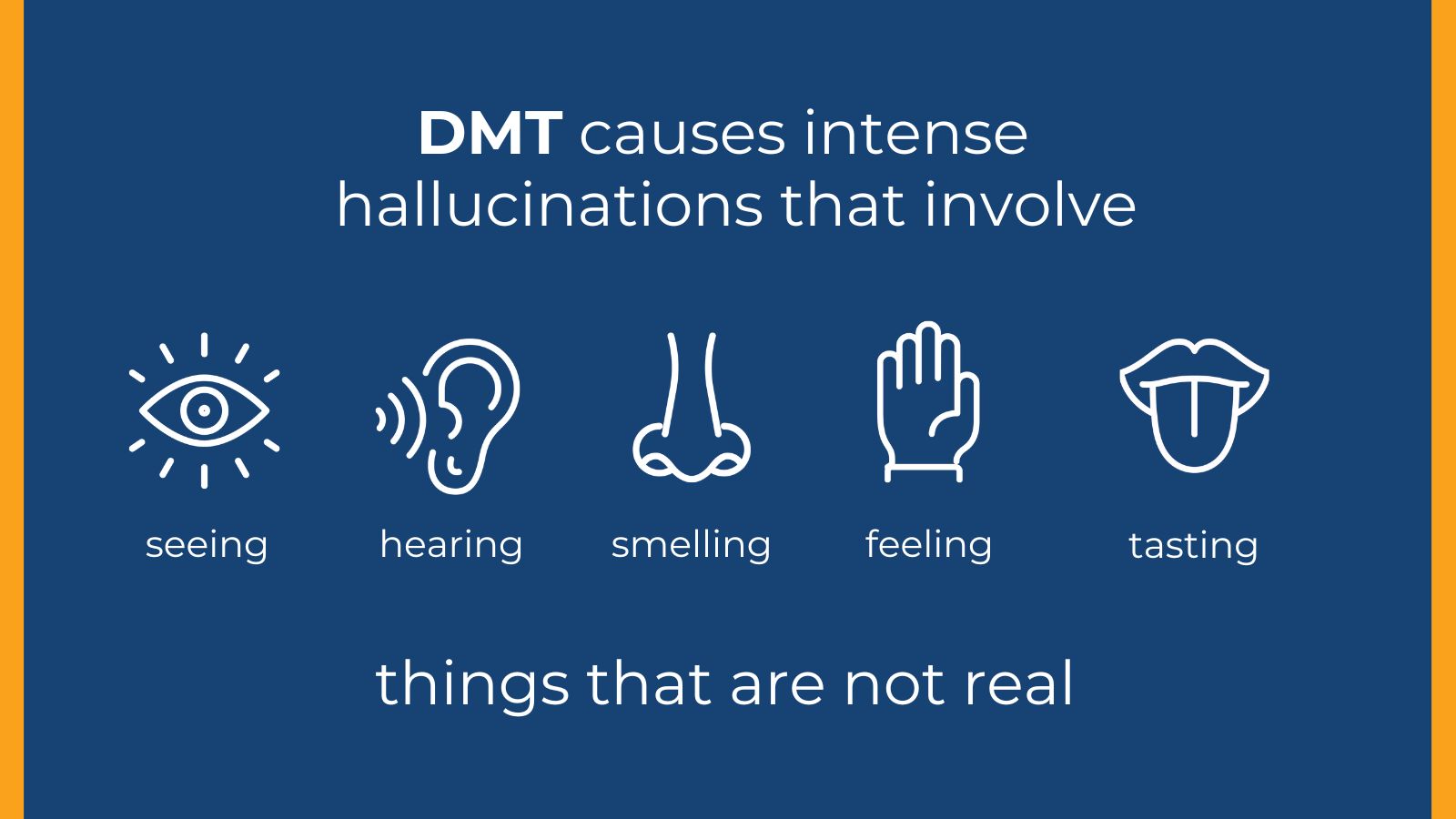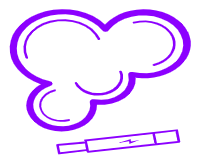What Is DMT
What Is DMT, N, N-Dimethyltryptamine is the full chemical name of a drug known as DMT.
It is a hallucinogenic tryptamine derivative that is currently a DEA Schedule I controlled substance.
It is a psychedelic substance. This indole alkaloid can naturally be found in some plant species in Mexico, South America, and parts of Asia. may also be produced in a lab.
In its pure form, It is a white crystalline powder or solid. It can be a yellow, orange, or pink solid when it is not pure. When combined with ayahuasca, it can be a brownish-red liquid.

Some common slang names for DMT include; Dimitri, the spirit molecule, businessman’s trip, fantasia, and 45-minute psychosis.
It is often compared to other psychedelic drugs such as; LSD, ketamine, and magic mushrooms.
It is legal in some countries only for these religious purposes.
However, beginning in the mid-1900s, tryptamines like LSD and started to be used recreationally by young people.
Because of the potency and unpredictable nature of DMT, the use of this drug can be dangerous and may affect one’s mental and physical well-being.
The effects of DMT are similar to those of psychedelics like LSD.

According to the NIH, endogenous hallucinogens like, 5-hydroxy-N, N-dimethyl-tryptamine, and 5-methoxy-N, N-dimethyltryptamine are acknowledged as naturally occurring components of the mammalian body.
However, it is difficult to recall what their biological functions are.
DMT and ayahuasca are commonly mistaken for the same thing.
Ayahuasca’s main part is DMT . Ayahuasca contains MAOIs, which prevent enzymes in your body from breaking down which plays a role in its hallucinogenic effects.

DMT causes intense hallucinations.
Hallucinations involve seeing, hearing, smelling, feeling, or even tasting things that are not real. Hallucinations commonly occur in people diagnosed with mental illnesses such as schizophrenia and bipolar disorder.
However, substance use can also cause hallucinations to occur.
Experiences with DMT differ based on the user. Some report excitement, while others feel extremely frightened.
Often, the user will experience mental side effects for days or even weeks after using the drug because of its strength.
